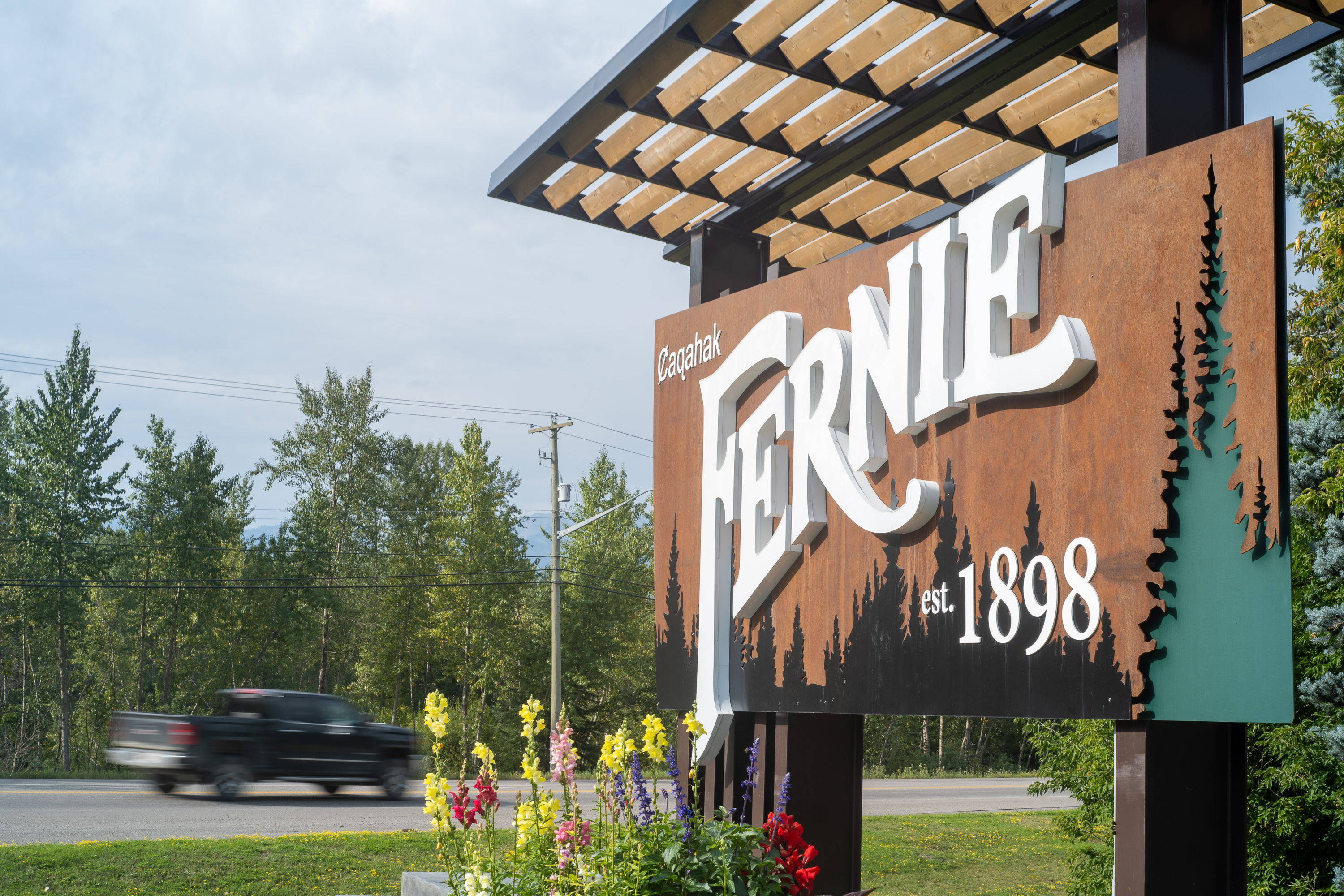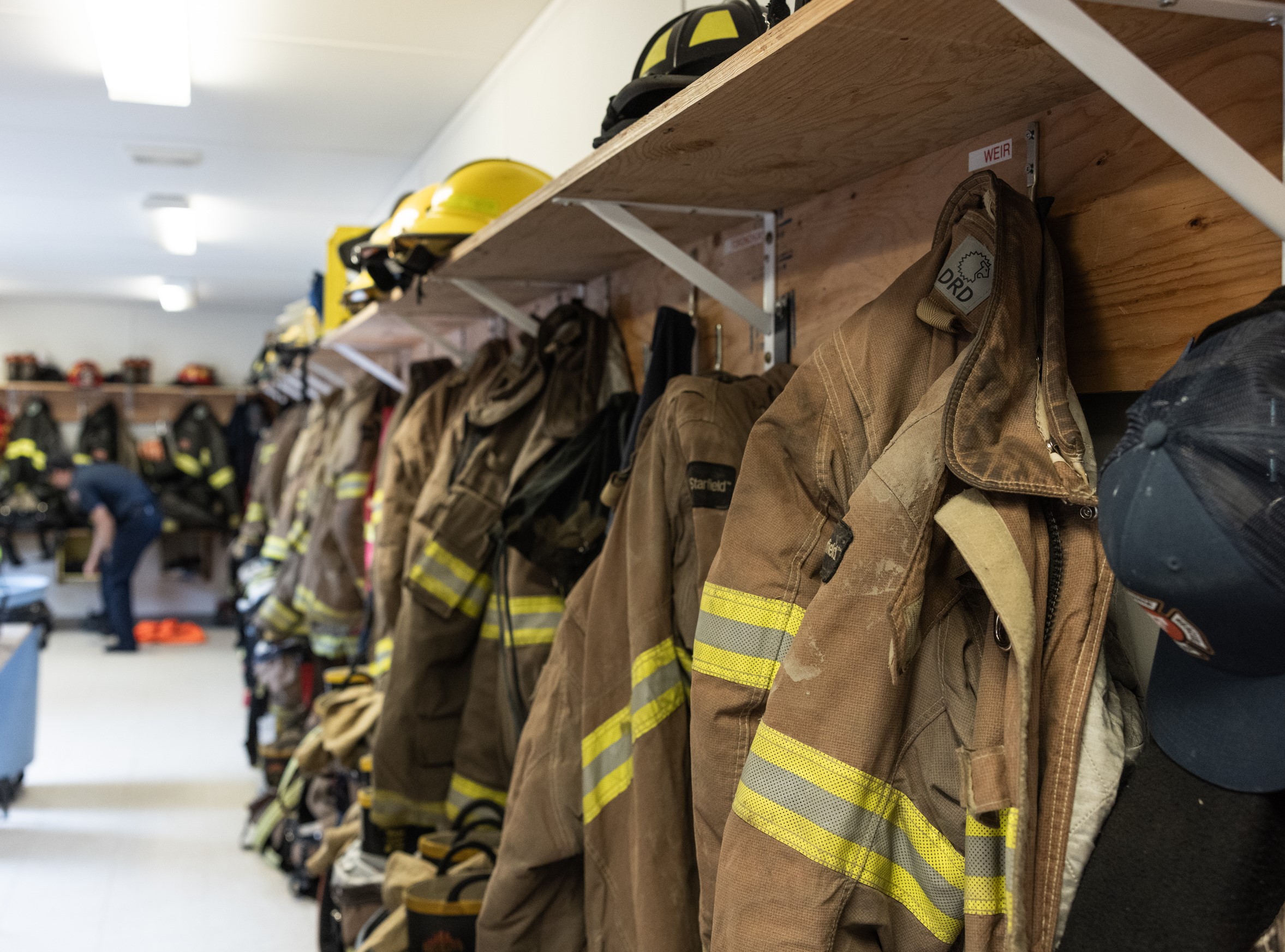Invasive and Noxious Weeds
BACKGROUND
In 2013/2014, a Strategic Plan was developed by West Fork Resource Management Ltd. (WFRM) to guide the City in a more integrated management-based approach and recommended the development of a formal plan to encompass all aspects of invasive plant management specific to Fernie’s environmental, economic, and social values.
Following this, an initial base Invasive Plant Management Plan was developed in 2014 which highlighted known areas of concern for treatment and identified steps for preventative actions. At this time, it was recommended that a comprehensive inventory of the city be conducted to identify all areas of concern.
In 2017, WFRM was contracted to conduct an extensive city-wide inventory. Survey results identified 191 invasive plant sites, containing fifteen different invasive plant species. In 2018, WFRM conducted herbicide treatments on the highest priority sites on City-owned lands. The 2014 Invasive Plant Management Plan was also updated in 2019 to include a broad scope of integrated invasive plant management actions for all areas within the city.
The invasive weed program has made significant progress in controlling high-priority invasive species within the community. In 2025, efforts will continue to focus on high-density areas where priority species were identified in 2024. Public feedback has indicated a desire to increase efforts to address common burdock. Therefore, the approach will shift from monitoring and ad hoc responses to a more proactive strategy starting in spring and early summer. Additionally, there will be an emphasis on educating citizens and visitors to help reduce the spread of invasive species.
- Invasive Plan Site Maps 2024
- Invasive Plant Program Annual Report 2024
- Invasive Plant Management Plan
CITY OF FERNIE’S GOALS
- Maintain and promote healthy native plant communities
- Maintain healthy and safe greenspaces for community enjoyment
- Maintain and enhance habitat for native birds, mammals, insects, and microorganisms
- Maintain and enhance local natural aesthetic values

WHAT ARE INVASIVE PLANTS?
- They are not native to North America
- They are often poisonous or unpalatable to wildlife or livestock
- They are superior competitors that have demonstrated the ability to out compete and displace native plants.
Watch this video to learn more about invasive species in British Columbia.
More information about invasive plants is available on the East Kootenay Invasive Species Council website.
Resources on how to identify invasive species are available on the Invasive Species Council of BC website.
WHY TREAT INVASIVE PLANTS?
Invasive and noxious weeds are all around the East Kootenays and pose a serious threat to wildlife, the economy, recreation, and the environment. It is the City’s commitment to ensure that our public places are safe and sustainable for long-term use and enjoyment and our significant investments are protected.



IMPACTS OF INVASIVE PLANTS
Impacts on out natural resources and local industries:
- Decreased value of wildlife habitat & forage
- Increased stream bank erosion, impacting fish habitat
- Decreased natural aesthetic values
- Impacts to guided & non guided eco- tourism & recreational activities
- Agriculture impacts like decreased crop value and forage for livestock
Increased local ecomomic costs:
- Costs for managing invasive weeds
- Potential to affect property values
Decreased biodiversity and ecosystem function:
- Lower nutrient cycling, outcompeting & decreasing health of native species
PRIORITY SPECIES IN THE CITY

Under the Province of British Columbia's Weed Control Act, the City of Fernie is responsible to treat and prevent noxious and invasive weeds within city limits.
HOW TO TREAT, PREVENT AND CONTROL INVASIVE AND NOXIOUS WEEDS:
- Chemical (hand wand, backpack, boom spraying)
Bylaw No. 2093 does not apply to the control of noxious weeds and invasive plants
- Safest, most effective herbicides with the lowest toxicity are chosen
- Chemical control is typically the most efficient, cost effective option for long term control, but may not be the most appropriate for every site.
- Restrictions around riparian areas, domestic water intakes, species at risk, Glyphosate (non-selective) is the only herbicide allowable for spot treatment within 10m pesticide free zone from water bodies, has not been widely used in Fernie.
- Mainly use of selective broadleaf herbicides (Milestone, Clearview, Tordon22K)
- Milestone Fact Sheet
- Clearview Fact Sheet
- Mechanical (hand pulling, mowing, clipping)
- Cultural (grass seeding, fertilizing)
- Targeted grazing (goats, sheep)
- Biological (insects) – goal is to reduce, not eradicate large well-established infestations
WHAT CAN YOU DO TO HELP?
People are the biggest spreaders of invasive plants. Together, we can make a difference!
- Learn to recognize invasive plants in your yard and around your community, and how best to remove them. Visit the BC Invasives website.
- Report invasive weed infestations within the city using the City of Fernie Report a Problem Request for Service form.
- Try not to spread invasive plants. Seeds and plant parts are easily caught in shoes, clothing, pets, and tires/undercarriages of vehicles. Take special care at campsites, roadsides, and trails.
- Wash your gear and bikes by using the city bike wash stations and wash recreational vehicles before and after each outing.
- Do not plant or introduce invasive plants into your garden. Plant native plants instead, check out the Plant Wise program to learn more.
- Participate or organize a community weed pull.
- Avoid soil disturbance or follow the Best Management Practices for Soil Movement.
MORE INVASIVE RESOURCES HERE:
- East Kootenay Invasive Species Council
- Invasive Species Council of BC
- Play Clean Go
- West Fork Resource Management
- British Columbia Invasive Species

.png)


